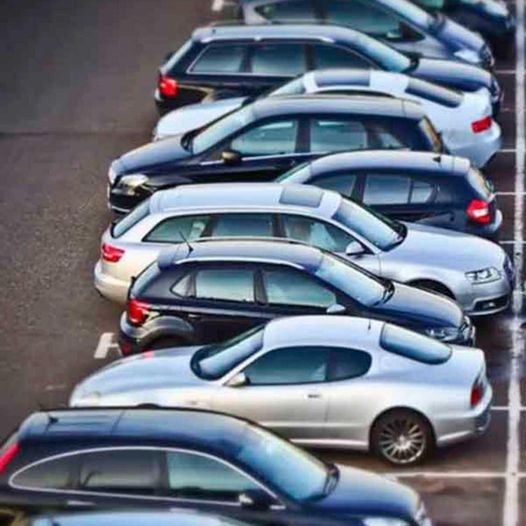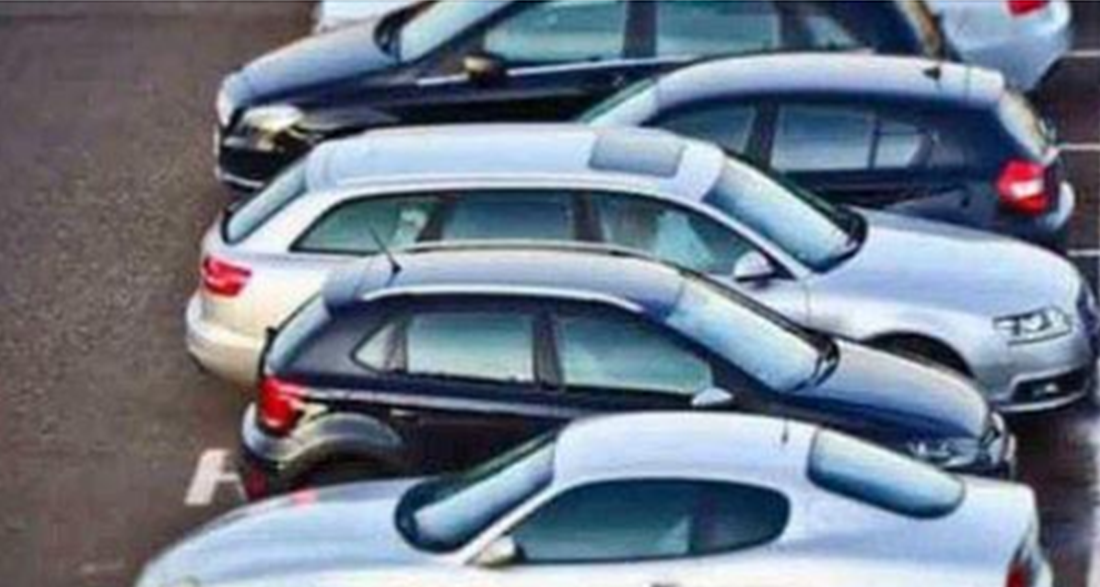Backing into parking spaces has been a contentious issue for drivers, with strong opinions on both sides. Advocates claim it’s safer and more convenient, while detractors argue it’s risky and frustrating for others. Let’s break down the debate.
On one hand, backing into a spot allows for a quicker exit later. Proponents argue it’s safer because you have better visibility when leaving, especially in busy areas. It’s also said to be easier to park larger vehicles like trucks and SUVs this way. However, the reality is different.
Backing into a parking space can actually be dangerous. Many drivers struggle to judge distances accurately, risking collisions with other cars or pedestrians. Without clear rear visibility, using mirrors alone isn’t always enough. It’s also a slow process, annoying fellow drivers in crowded lots.
“It’s just not worth the risk,” says one frustrated driver, echoing the sentiment of many. “People take forever and hold up traffic.”

Another concern is legality. In some places, like municipal lots or busy streets, it’s against the law to back into spots. This rule aims to prevent accidents caused by sudden reversals and obscured brake lights.
“It’s about safety,” says a local law enforcement officer. “We need to see brake lights when cars are about to move.”
Moreover, the practicality of backing in doesn’t always match expectations. Maneuvering into tight spaces without bumping into neighboring cars or obstacles is a real challenge. This increases the chances of dents and scratches, adding to repair costs.
In conclusion, while backing into parking spaces has its supporters, the risks often outweigh the benefits. It’s safer and more efficient to pull in forward, ensuring clear sightlines and avoiding unnecessary delays. Next time you park, think twice about backing in—it might just save you time and trouble.


